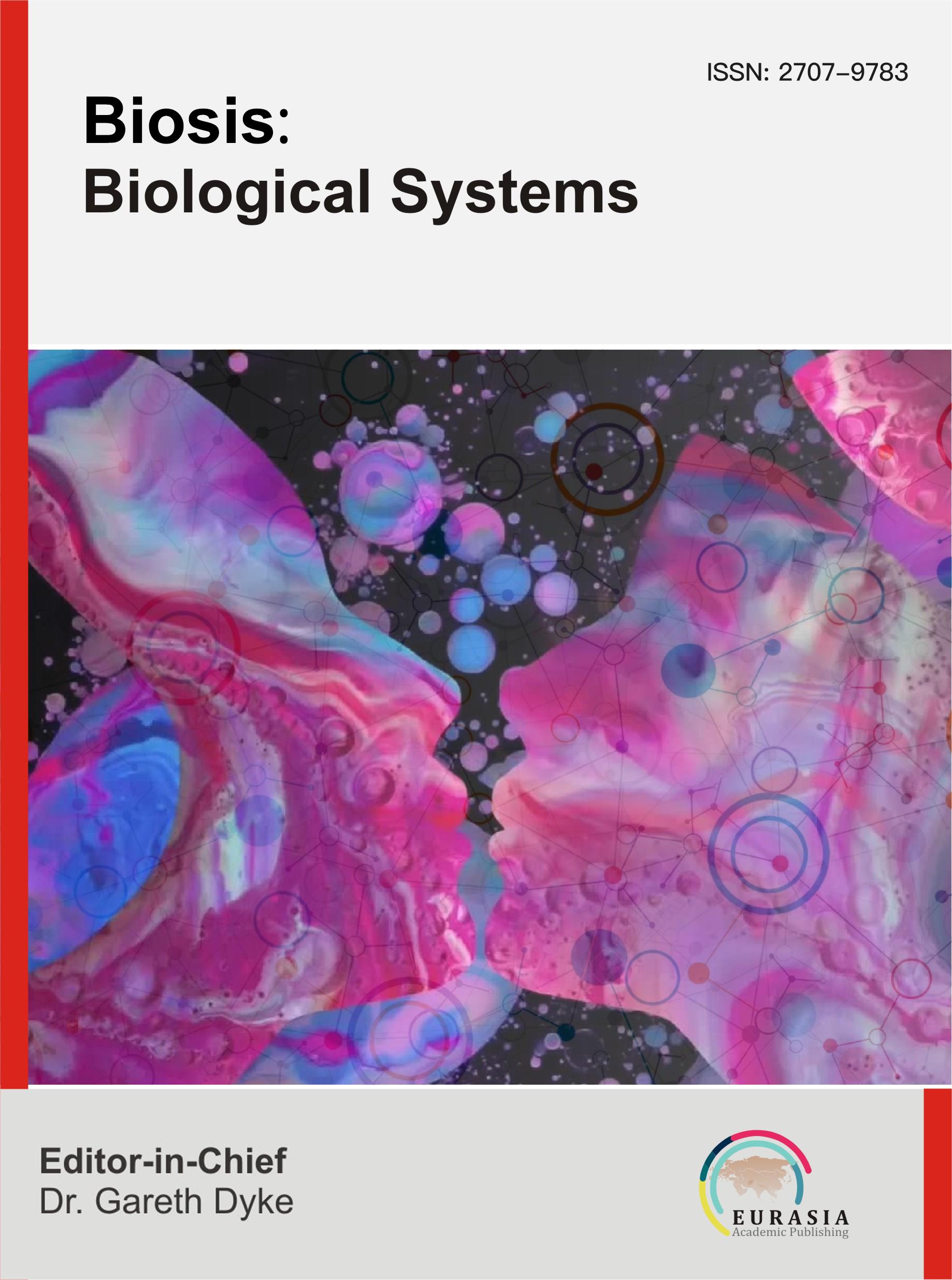Marco Romano, Raffaele Sardella
The word “prehistory” has been used for a long time to indicate all extinct organisms of the past, with dinosaurs occupying a center stage stimulating the imagination of a very large audience. Such erroneous use of the term prehistory is widespread even today, a word and concept originally referred to the period of human history which preceded writing, i.e. prior to documented history and embracing a time interval from about 2.6 million years ago to 4000 BC. Keeping in mind the crucial milestone of 'deep time' concept in geology the division of the extensive Earth history into only two sections of respectively 4.5429 billion years and 4000 years in our opinion is a misleading oversimplification. Over the past few centuries much effort has gone into the development of a hyper-detailed chronostratigraphic scale, substantiated by absolute dating, detailed biostratigraphy, and documentation of biological evolution. All this generation of knowledge, conducted by thousands of researchers over many years, is completely lost when, in a simplistic way the anthropocentric dichotomy is accepted.







